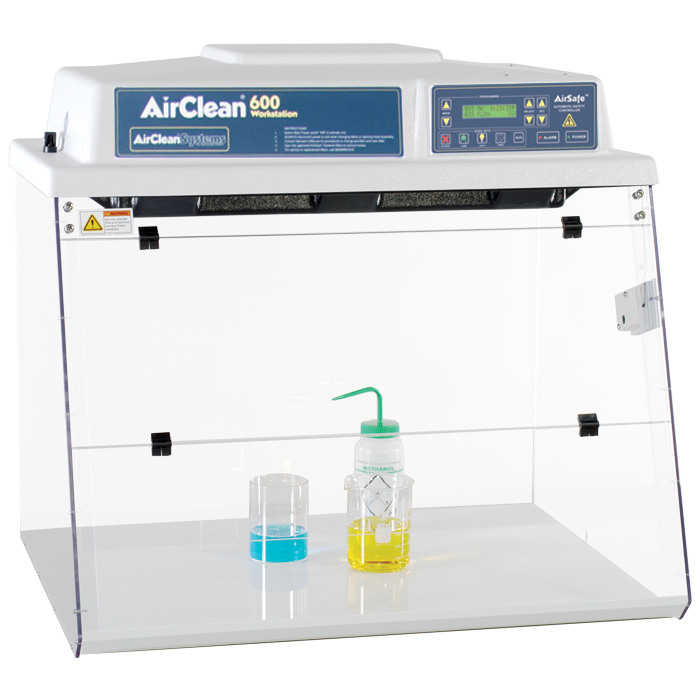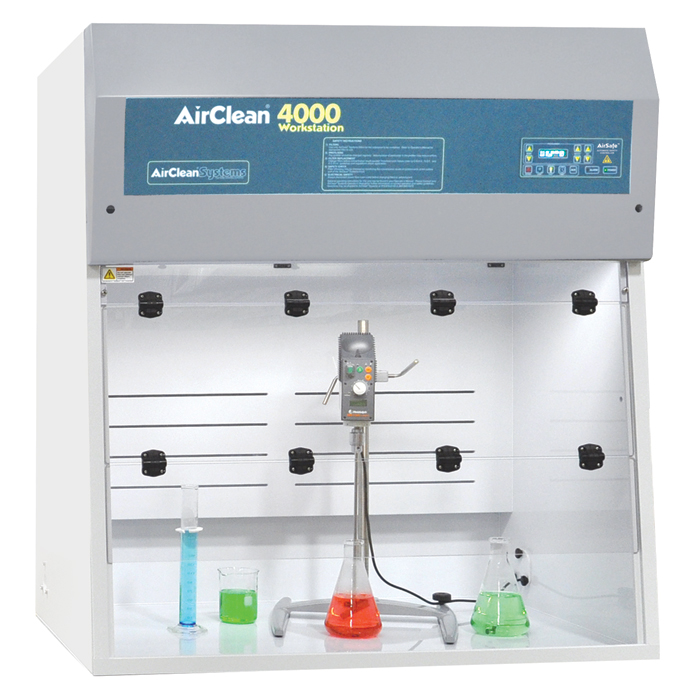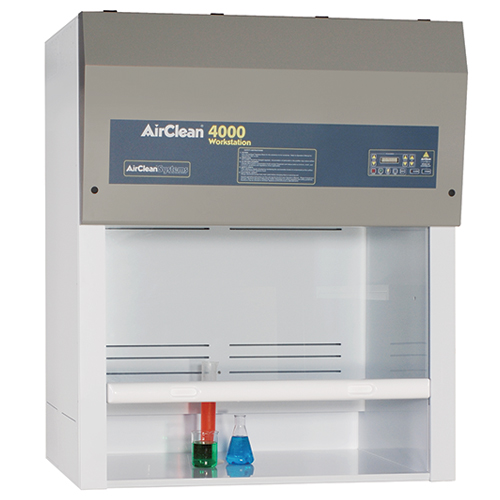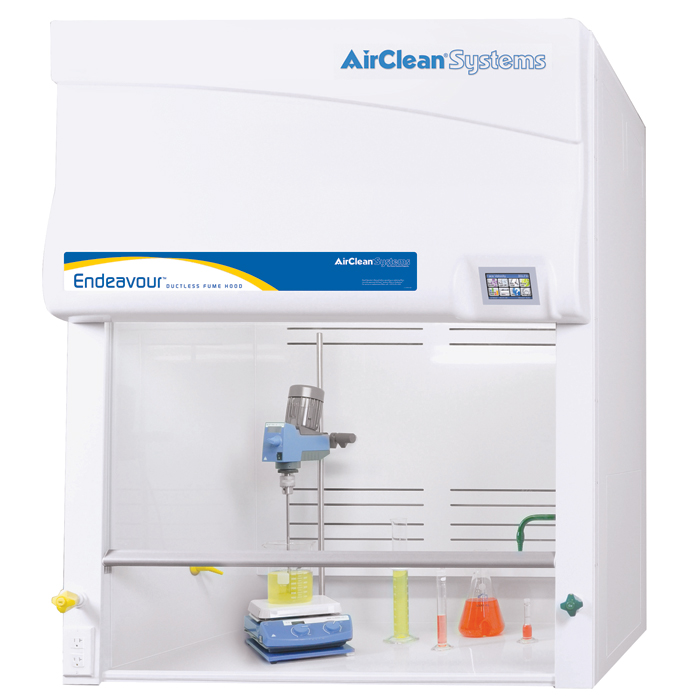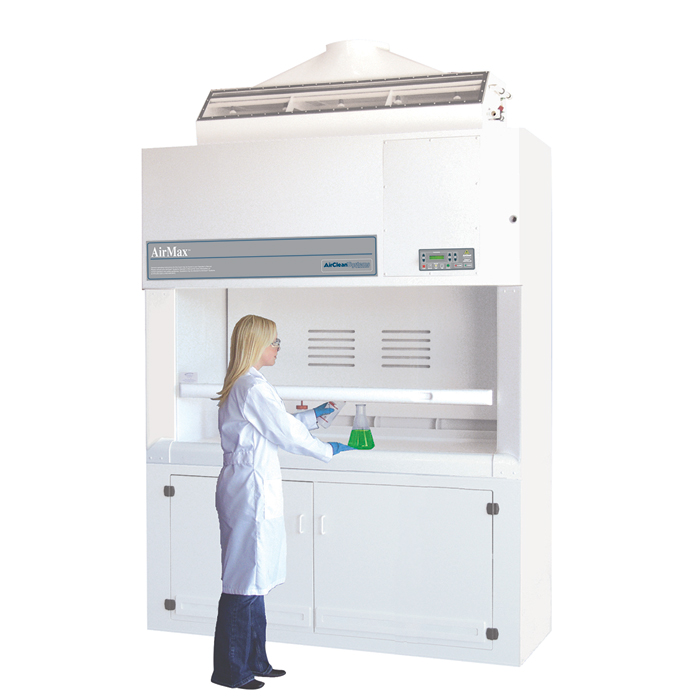
What Is Restoration?
What do the United States Declaration of Independence, the Magna Carta, and Michelangelo’s Sistine Chapel have in common? They have all been restored at least once in their long history1-3. Restoration is the process of returning art or documents to their original appearance. Paintings, sculptures, architecture, and documents can undergo physical damage or chemical deterioration due to ultraviolet radiation, fire, water/humidity, mold, dirt, and grime. Often the extent of damage caused by exposure to the elements and the amount of restoration required are heavily influenced by the materials used to create the art or document.
How Materials and the Elements Contribute to Art and Document Damage
Prior to the mid-19th century, paper was made from linen or cotton clothing rags with long fibers and was not prone to degradation. Subsequently, paper started to be manufactured from wood fiber because the supply of cotton rag fibers could not meet the growing demand for books and newspapers. Although wood fiber paper could be produced more quickly and easily, it was not nearly as durable. Adsorption of moisture, environmental pollutants, and reactions with additives to prevent ink bleed caused acid to form and resulted in discoloration (browning), embrittlement, and eventual disintegration of the paper. Today, paper is made alkaline or acid-free to prevent these issues. However, improper storage of art or documents can still lead to damage and mold.
Paintings have fared somewhat better over the years because unlike documents, canvases were often covered in a layer of painting varnish once complete. While the varnishes provide a layer of protection between the paint and the environment, they tend to yellow or darken overtime. Depending upon how severe the discoloration, it may distort the colors or make it difficult to see entire portions of the painting.
Restoration, a Complex Process
When discoloration, damage, or deterioration occurs, the art or documents may be subjected to restoration. Restoration can be a long, complex process that requires weeks to years to restore a single piece. A single document or piece of art may need to be subjected to one or more restoration techniques, including cleaning with detergents, removing yellowed varnish using chemical solvents, reapplying paint, removing surface oxides, repairing damaged portions, and/or killing mold with disinfectant spray. The specific techniques utilized for a particular art piece or document depend heavily on its condition as well as its composition because some materials are incompatible with certain restoration techniques. To minimize the possibility of causing further damage during restoration, art conservationists have integrated modern spectroscopic and analytical methods into the beginning of the process to determine the material composition of the artwork (canvas, paint, sculpture medium etc.) and its compatibility with various chemicals and techniques.
A Ductless Hood for Chemical and Mold Protection
The use of spectroscopic and analytical methods in art and document restoration provides another benefit by limiting the need to test multiple chemicals/techniques prior to restoring the entire piece. This not only reduces the possibility of damaging or removing small pieces of the art/document, but also helps reduce operator’s exposure to chemicals or solvents. The chemicals and solvents used to restore art and documents can be harmful. For example, varnish removal may require organic solvents, acids, or bases, which can be respiratory irritants or cause chemical burns. Frequently used chemicals, such as acetone and alcohols, are also flammable. When the use of harmful chemicals is required, restoration techniques on smaller pieces should be completed in a fume hood. A ductless fume hood with a horizontal laminar flow can provide operator protection from chemical fumes. It pulls air from near the operator, across the workspace, and up to the back of the hood where it can be filtered prior to being exhausted back into the environment. Ductless fume hoods used for art and document restoration techniques, should be outfitted with the appropriate activated carbon filter. Ducted fume hoods in combination with a fume hood scrubber could also be used for restoration techniques utilizing hazardous chemicals, but may require ductwork to be installed.
Harmful chemicals are not the only potential hazard associated with document and art restoration. Documents or art contaminated with mold can release large numbers of spores when handled. Prolonged or substantial exposure to mold spores, whether dead or alive, can cause symptoms similar to seasonal allergies. Sensitive individuals, especially those with asthma or mold allergies may have much more severe reactions including shortness of breath. Over time, repeated mold exposures may increase an individual’s sensitivity to mold spores. Therefore, mold spore exposure should be prevented by working in a ductless hood with a horizontal laminar flow. The hood must be fitted with a high-efficiency particulate air (HEPA) filter to remove mold spores from the air prior to exhaust from the hood. Containment of the mold spores within the hood also inhibits their spread to other workspace areas or other documents or artwork.
Restoration of art and documents remains an important process for historic preservation and recordkeeping. Ductless fume hoods are an essential tool to keep art and document conservationists safe from harmful chemical fumes, while still providing workspace setup flexibility. In the museum or in the record storage room, ductless hoods also provide operator protection from mold spores while handling or restoring contaminated documents. The use of ductless hoods for art and document restoration represents yet another way in which the collaboration between artists, historians, and scientists is required to ensure conservation efforts are completed both correctly and safely.
References:
- https://www.archives.gov/publications/prologue/2016/fall/declaration
- https://www.archives.gov/press/press-releases/2011-65
- Colalucci, Michelangelo Buonarroti: Restoration of the Frescoes on the Vaulted Ceiling and the Last Judgment in the Sistine Chapel. Conservation Science in Cultural Heritage16, 89–126 (2016).
